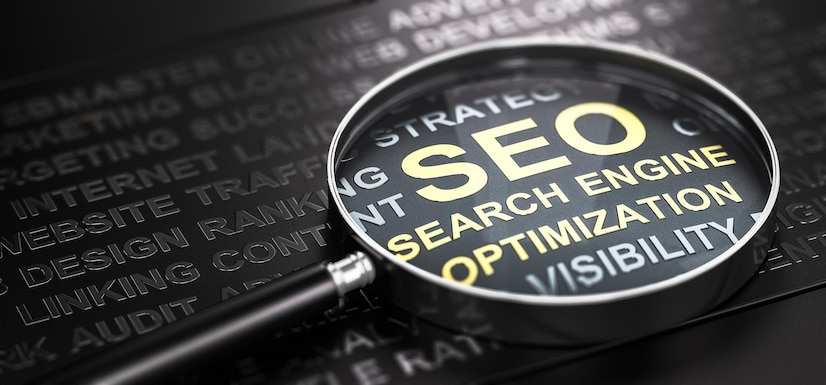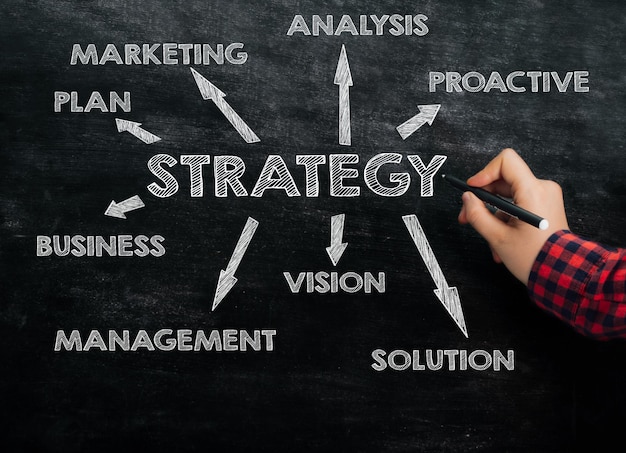In order to keep up, B2B companies need to transform their marketing and sales in order to remain relevant in the COVID 19 world. Business-to-business organizations must get used to the new normal and implement new B2C marketing strategies according to COVID in order to remain culturally relevant and achieve success. Instead of face-to-face events, B 2Bs will resort to digital channels to redesign the event experience.
By contrast, finding new customers requires a set of skills that focus on selling solutions, not products. Trust is built and rewarded by listening to customers’ needs and developing solutions that meet them. The online component with its additional benefits that the company offers is a necessary addition.
Long sales cycles and increased purchasing control in a COVID environment mean more points of contact in the journey of the buyer and in the life cycle of the customer, and these take on a new meaning in view of the reduced personal commitment. The success and value of marketing efforts need to be reviewed beyond the impact on sales and B2B marketing agencies and marketers need to change their own mindset to focus on leadership and support the full buyer journey. Move your B2C marketing efforts beyond the lead generation to the areas of travel enablement and customer relationship management.
Customer re
tention and growth will be the basis for a pandemic recovery, and Laura Ramos predicts that marketers will turn to ABM practices and post-sales marketing to forge and deepen relationships. The biggest impact will be the transition from customer loyalty and advocacy to the early stages of lead generation where B2B marketing agencies or marketers produce programs and content with greater customer insight and empathy, build credibility and trust and set expectations so that when the customer journeys reach their zenith, they become advocates, not just loyal and satisfied buyers.
To achieve this, marketing and sales must work together to care for and maintain the customers we work with and the interests we have. COVID-19 is necessary to rethink our marketing strategy and transform it into a customer-centric strategy aimed at selecting customers and focusing on new customers.
Companies with young talent will suffer from a decline in early-stage employment opportunities. Brands that maintain or increase their marketing spending during a recession will drive sales growth and market share growth during the recession. As the economy recovers, competition in digital channels is expected to increase as B2B marketing agencies and marketers put more money into various forms of online advertising.
According to McKinsey, most B2B buyers prefer digital channels to be their point of contact between them and their potential suppliers and partners, rather than with them. Particularly affected are companies that rely on marketing events and face-to-face meetings with customers.
Like the B2C environment, the importance of digital channels for B2B companies has increased in recent years and since the beginning of COVID 19 crisis. This shift in the importance of digital interactions is reflected in customer behavior. Research on products where customers’ preferences for digitally enabled sales interactions with vendors – mobile apps, social media and online communities – soared showed the sharpest increase in 2019.

The importance of supplier websites has not changed, but customers are more likely to use supplier websites as part of their journey. Shoppers say they have a strong preference for self-service providers when shopping, and mobile apps have grown in importance since 2019. Mobile apps are more important to Chinese buyers when searching for products than in the UK or Germany.
For B2B marketing agencies and marketers it is crucial to quickly switch to digital tactics if they want to stay ahead of the modern consumer. Research showed that B2C companies that focused on digital transformation had 8% higher shareholder returns and five times more revenue growth than other organizations before the coronavirus.
COVID-19 changed the way we live and work – and it has also changed the B2B marketing landscape. As consumer and media habits change and publishers focus their efforts on virtual meetings replacing face-to-face meetings, adaptability will prove to be one of the most important aspects of modern marketing. If people stay online, companies will use technology to better connect with their customers.
In many parts of the world, where traditional visits by sales representatives are not possible, customer relationships are essential. More than ever, by sharing life, you need to create a zero-degree separation between you and your audience.
As the coronavirus pandemic continues to affect the global economy, businesses – both companies and individuals – are figuring out how to stay afloat, trade, operate, and recover. They have everything they need to survive in the current climate. As businesses change, you need to understand your customers and be a force for change.
In fact, eight out of ten US B2B sales and marketing executives said their companies had taken a hit in a survey conducted last month by insider sales and retention software provider RingDNA. Nearly half of those surveyed said they did not expect a recovery in 2021.
In this article, we summarize how B2B marketing has changed in recent months and how they face the new normality of marketing in Japan. With the advent of digital marketing, the marketing-to-sales funnel has changed for years in an era in which online and offline coexist and in which the stages of marketing and sales have changed with the customer behavior. The funnel is the first company or company to acquire customers and establish them online.
In addition to the economic impact of COVID-19 on channels, Jay McBain writes that he predicts that 48% of organizations will increase the opportunities for long-term remote work and that channels will become more important in support of scattered individuals in the way providers are growing. The distinction between instantaneous adaptation and permanent changes in customer needs and preferences is profound, and primary research is irreplaceable. Companies that make these efforts are more likely to build new customer relationships, build trust, and generate loyalty in an environment where customer flows have an outsized impact.
Establishing the right data and technology base to support the most important use cases in the customer journey. Align individual and collective goals throughout the journey, instead of separating functional silos such as marketing, sales and customer service that are invisible to your end user. Get brands to score points on key KPIs as a full-fledged customer-centric organization with real-time analysis, as opposed to a snapshot that looks back at a time.








